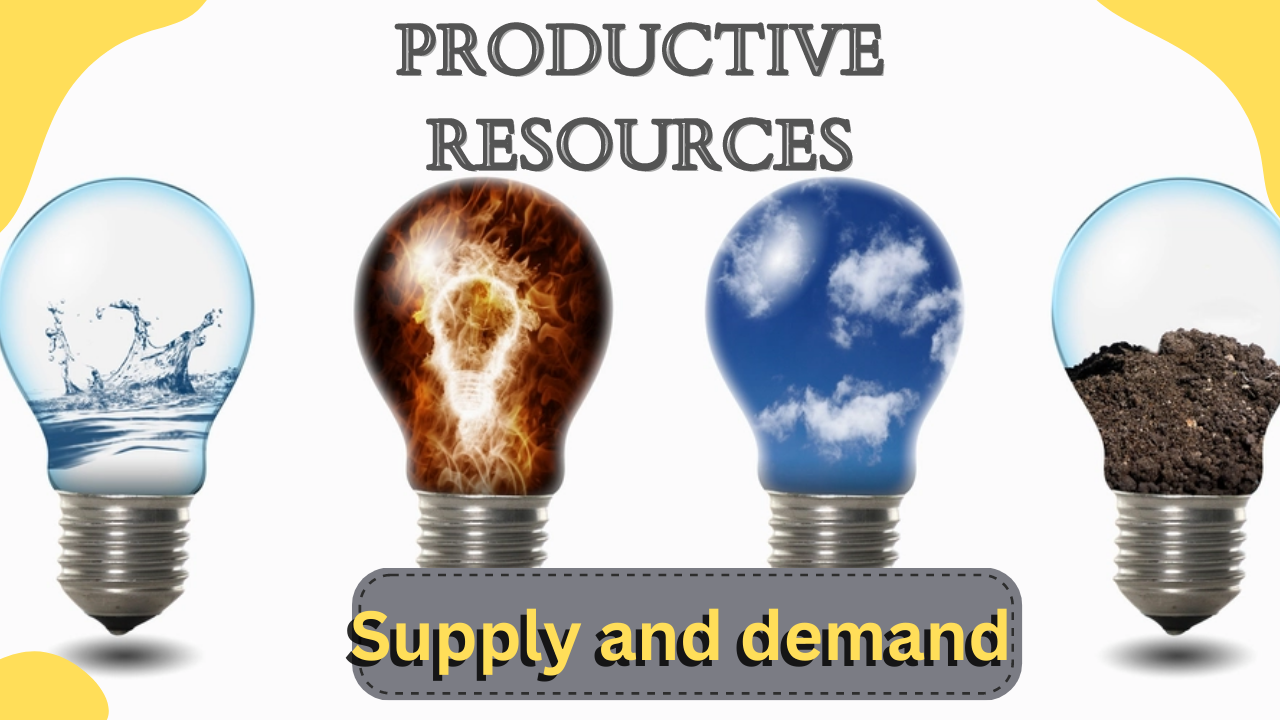The supply of and demand for productive resources
The supply of and demand for productive resources are critical concepts in economics that determine the price and quantity of goods and services produced in an economy. Abundant resources, also known as factors of production, are the inputs used to create goods and services, such as labor, capital, land, and entrepreneurship. The supply of productive resources refers to the quantity of these inputs available. In contrast, the demand for productive resources refers to the amount of these inputs that firms are willing to purchase to produce goods and services.
Various factors, including the availability of labor, capital, and land, technological advancements, and government policies, influence the supply of productive resources. For example, an increase in the availability of labor due to a growing population will increase the labor supply. In contrast, an increase in the cost of capital due to higher interest rates will reduce the money supply.
The demand for productive resources, on the other hand, is determined by the production activities of firms. Firms will demand more of a particular input if they expect to increase their production and require less if they expect to reduce their production. The demand for productive resources is also influenced by the price of the inputs, as firms will demand more input if its price is lower and less if its price is higher.
The interaction between the supply and demand for productive resources determines the price of these inputs, affecting the production and consumption of goods and services. When the supply of a productive resource is greater than the demand, its price will decrease, encouraging firms to use more of that input in production. Conversely, when the demand for a productive resource exceeds the supply, its price will increase, causing firms to use less of that input and potentially switch to alternative inputs.
In conclusion, the supply and demand for productive resources play a critical role in determining the quantity and price of goods and services produced in an economy. Various factors, such as technological advancements and government policies, influence the collection of these inputs. In contrast, firms’ production activities and the information’s price determine the demand. Understanding these concepts is essential for analyzing the functioning of an economy and making informed economic decisions.



